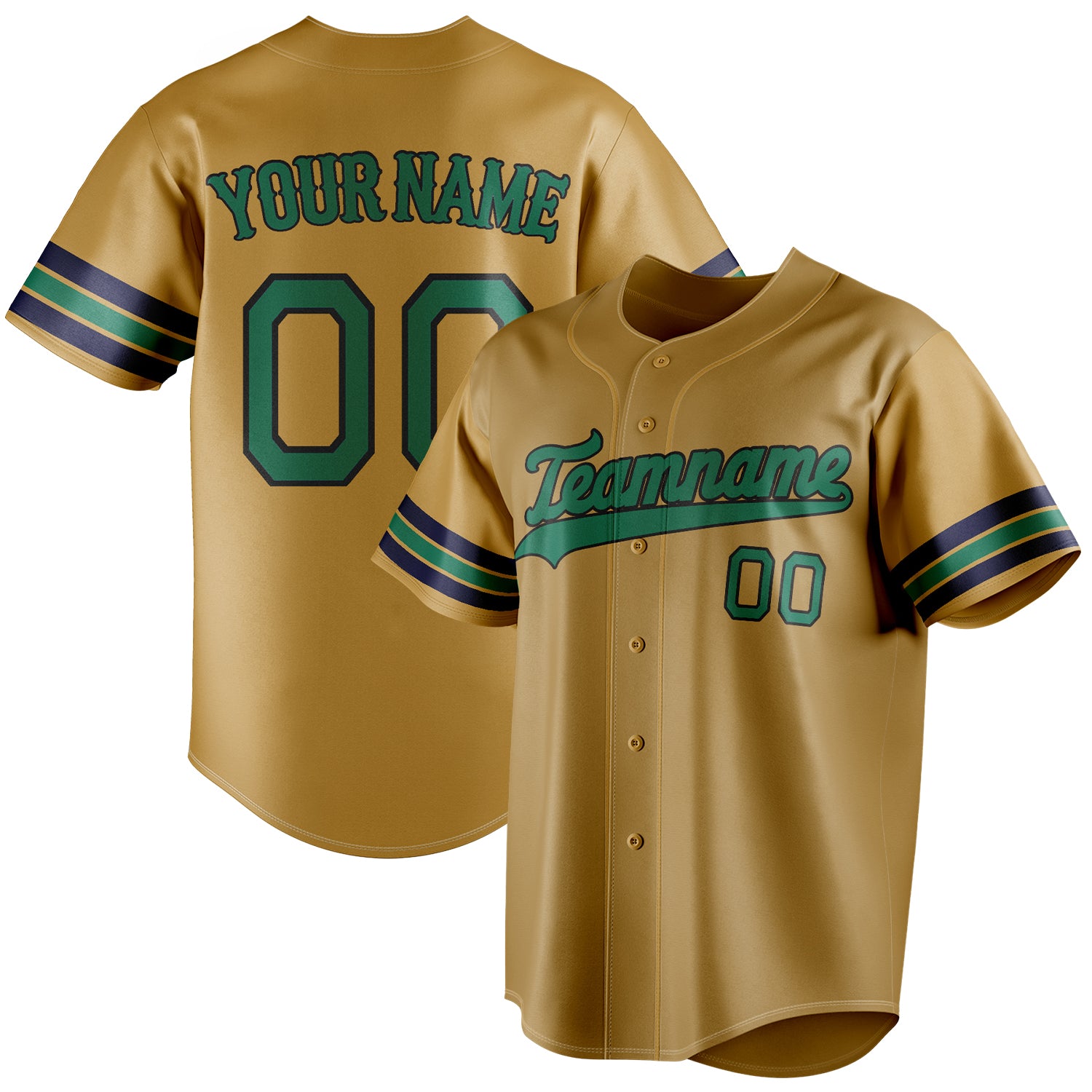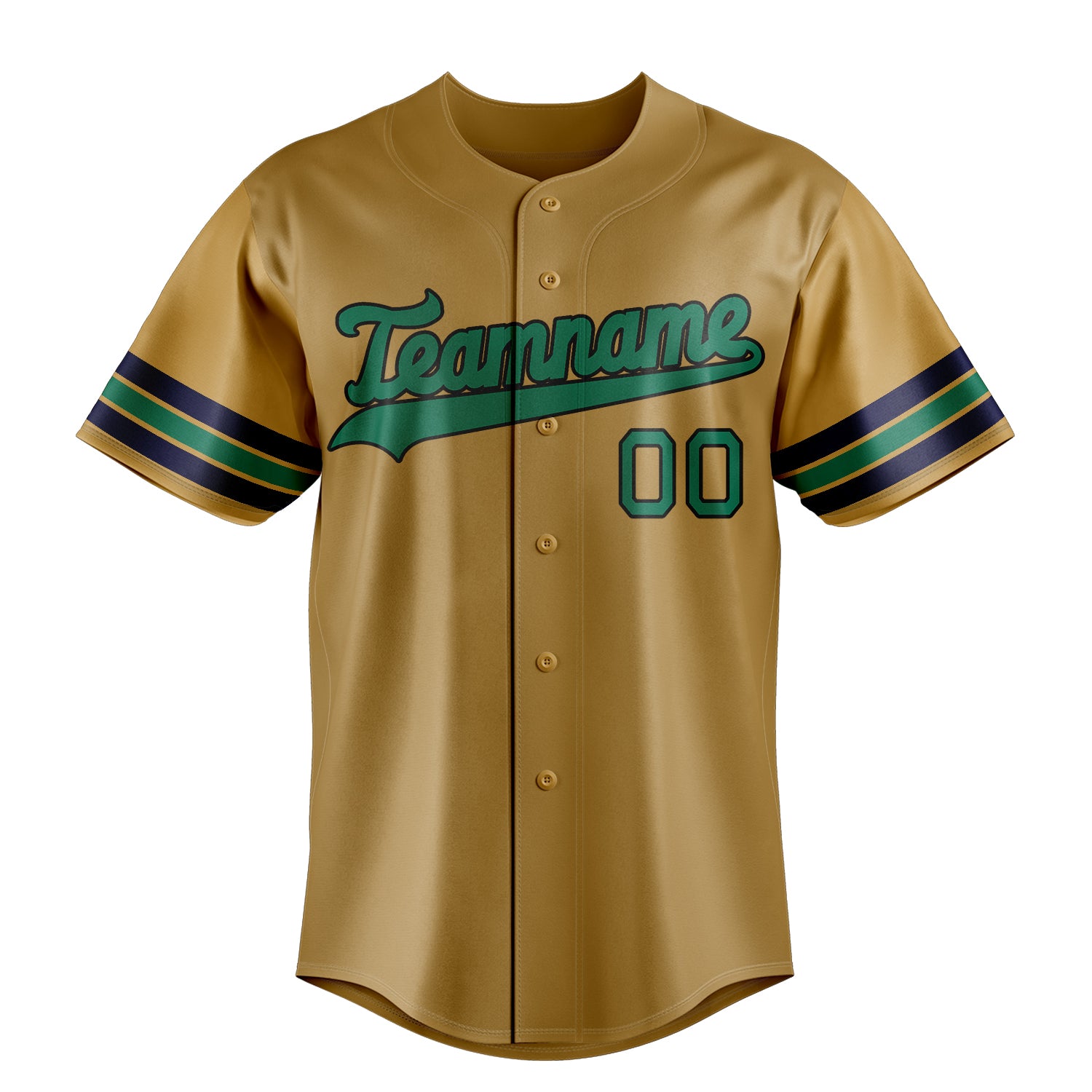White football shirts: clarity and elegance on the pitch
White football shirts have always held a special significance in sports. They represent purity, fairness, and the desire to play the game with integrity. But behind this seemingly simple choice lies a deeper symbolism. For many players and fans, white football shirts are more than just sportswear—they are an expression of clarity and determination.
Imagine a player stepping onto the pitch in a white football shirt. His movements are precise and deliberate, but behind his outward composure lies an inner conflict. "Can I really give my best this time?" he asks himself as he drives the ball forward. The purity of the white shirt he wears seems to be a constant reminder that there is no room for error. Every stain of dirt on the shirt could symbolize a mistake in the game.
White football jerseys Not only do they exude cleanliness, they also make every movement more visible. When a player falls to the ground and his jersey gets stained, it's a clear sign of the fierce battle raging on the field. But it's precisely this visibility that fans value. They want to follow their players in every move, see how they strive for victory, and notice every detail. The white football jersey makes this possible – it brings clarity to the game and leaves no room for ambiguity.
The DFB white jacket: style and function in one
The white DFB jacket, often worn by coaches and players during press conferences or on the bench, is more than just a fashion accessory. It represents German football and the professionalism associated with the DFB. But what's behind the decision to wear a white jacket, and what message does it send to fans and players?
Imagine a coach standing on the sideline, DFB white jacket over his shoulders. His hands are steady, but his eyes constantly weigh his next steps. He radiates composure, but inside, a storm of doubt rages. "Am I making the right decision?" he asks himself as he observes his players. The white jacket he wears represents clarity, rationality. It helps him appear calm and considered on the outside, even when his inner thoughts are racing.
For fans, the white DFB jacket symbolizes the professional approach embodied by German football. It signals that the team and its coaching staff always strive to perform at the highest level. It's this balance between style and function that makes the jacket so special. It's not just a piece of clothing, but a symbol of the seriousness and commitment that German football puts into every game and every decision.
The pink football shirt: A bold choice with deep roots
The pink football jersey may seem unusual at first glance, but it has established itself as a bold and creative choice on the pitch in recent years. Pink, a color traditionally associated with delicacy and gentleness, has taken on a new meaning in sports: it stands for courage, individuality, and breaking with old norms. But what leads a player or team to choose a pink jersey?
Imagine a player running onto the field wearing a pink football jersey. The color immediately sets him apart from the crowd, and his movements seem more light-footed, as if the jersey gives him an extra sense of freedom.But behind this striking appearance lies an inner struggle. "Why did I choose this jersey?" he asks himself. "What do I really want to express with it?" His teammates chuckle as he steps onto the pitch in pink, but they know there's more to this choice than just a fashion statement.
For many players who wear pink jerseys, it's about breaking expectations and showing that they're not afraid of other people's opinions. The pink football jersey represents individuality and self-confidence. It signals that the wearer is willing to take risks—both on the field and in the way they present themselves. Fans recognize this strength and support their players, precisely because they know they're making a statement with this bold choice.
Revealing inner conflicts through unusual behavior
A player who steps onto the field in a pink football jersey appears, at first glance, to behave like everyone else. But it's the small, almost imperceptible actions that reveal his inner conflicts. As he drives the ball down the field, he nervously tugs at his jersey. It's a subconscious sign that he's not entirely sure he's made the right choice. "Why did I choose pink? What will the others think?" he asks himself as he continues playing. This uncertainty is reflected in his movements, which suddenly seem less fluid.
In contrast, the coach in the white DFB jacket stands, his calm facade also cracking. At a crucial moment in the game, he hesitates, whereas he would normally act without thinking. "Should I make a substitution now or wait?" he asks himself as he raises his hand to signal the substitution and then lowers it again. This indecision stands in stark contrast to the clarity symbolized by the white jacket. It reveals the inner conflict he struggles with, despite his outward attempt to radiate composure.
https://tailorly.de/collections/neongrun-fussballtrikot-set
https://tailorly.de/collections/schwarz-fussballtrikot-set
https://tailorly.de/collections/blaugrun-fussballtrikot-set
https://tailorly.de/collections/rot-fussballtrikot
https://tailorly.de/collections/fussballtrikot-set
https://tailorly.de/collections/fussballtrikot
https://tailorly.de/collections/collegejacke
Dialogues that drive the plot forward
The players on the field often communicate only in short, precise sentences, but it is these dialogues that drive the action of the game. "Look out!" shouts a player in a white football shirt as he passes the ball to his teammate. It is these short instructions that set the pace and momentum of the game. But at a crucial moment, when the team is under pressure, the tone changes. "Why did you do that?" the defender asks the midfielder after the midfielder plays a risky pass that almost leads to a goal. The tension in the team grows, and suddenly it is no longer just their opponents they are fighting against, but also their own doubts.
The coach, watching the game from the sidelines, realizes he has to intervene. "Are we making a substitution now?" asks his assistant. A quick glance at the clock, a nod. The white DFB jacket flutters slightly in the wind as the coach finally gives the signal for a substitution. "Yes, now is the right moment." But there's a hint of uncertainty in his voice, betraying his true state of mind.
Conflicts at the climax of the game
At the decisive moment of the game, the internal and external conflicts escalate. The player in pink football jersey has the ball, and everything depends on him. The crowd holds its breath as he runs toward the goal. But just before he shoots, he hesitates.“Can I really do this?” A brief moment of doubt flashes through him, and in that moment it becomes clear that the real battle is not against the enemy, but against himself.
At the same time, the coach in the white German national team jacket senses that everything is at stake. He stands up and shouts instructions, but his words are lost in the noise of the stadium. The players must now trust their own instincts. The defender in the white football jersey sprints back to defend the goal, but he, too, is battling his own thoughts. "Did I do enough?" These questions echo through his mind as he throws himself into the path of the shot and blocks the ball.
Conclusion: Colors, decisions and emotions
Whether it's the purity of the white football jersey, the clarity of the DFB white jacket, or the boldness of the pink football jersey, each of these garments carries a deeper meaning. They influence not only the players' behavior, but also their inner emotions. In the decisive moments of the game, the jerseys become symbols of the conflicts played out both on and off the field. They reveal the true motives and emotions of the players and coaches, turning the game into an intense experience full of tension and inner struggle.









